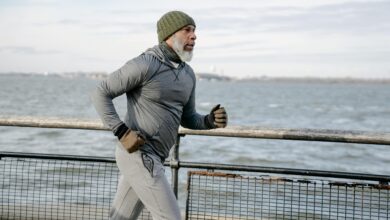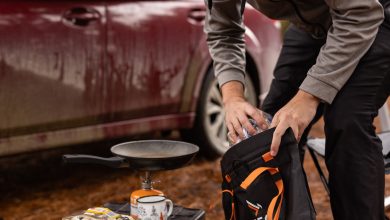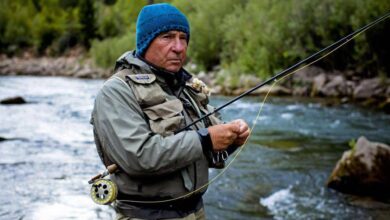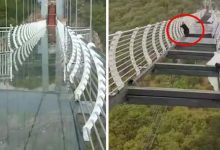
The climb began with an ava (kava) ceremony with the matai (Chief). We were welcomed into his fale (house)and invited to sit cross-legged on the floor. A cup made from half a coconut shell was dipped several times into the ava pot and poured back to test the colour and consistency of the ava. Once he was satisfied with its look, the cup was formally offered to me and I raised the cup with two hands said “manuia” and drained it The bitter liquid numbed my tongue, but I otherwise seemed to have little effect. Margaret and Tino in turn drank a toast from the same cup, before the ceremony continued with the matais. The guide and porters drank several cups as if hydrating for the hot walk.
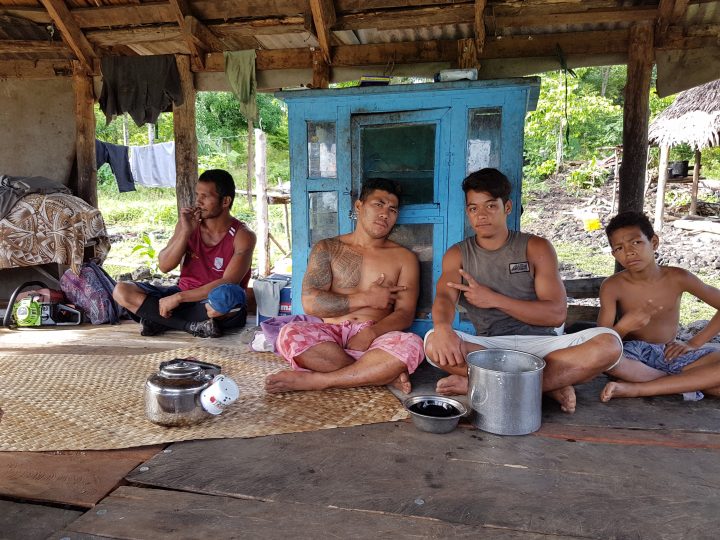
Mt Silisili at 1,858m is the highest point in this part of the pacific. Located on Savai’i, the larger but less populated of the two main islands of Samoa, it had always seemed like an interesting place to explore. But the few reports I found warned of a lack of water and the need for a local guide on the unmarked track. However, when Margaret, a friend and client from a cycle tour asked if I could organise a trip, the opportunity was too good to pass up. Never mind that there was no map of the route. Planning and research are half the fun; we knew the starting point and had a phone number for a local guide.
I called the guide “Yea no problem, we provide sleeping bags, tents, cooking equipment. Just bring your own food.” It sounded easy and we arranged a place and time to meet. What could go wrong?
We live in Samoa half the year, running bike and kayak tours, while Margaret was working in Apia as an epidemiologist studying Filariasis, a tropical disease carried by mosquitos. Tino, our main kayak guide was coming, both as an interpreter, and to learn the route.

The recognised route up Mt Silisili starts at Aopo village. The highest settlement on the mountain, but still only 200m above sea level. Aopo was on the cycle route around Savai’i, and a regular stopping point as it was at the top of the steepest hill of the ride. It was one of the few villages unable to rely on protein from fishing and always seemed poorer than most. The shop seldom seemed to stock soft drinks, but when asked would offer beer instead.
Our instructions were to stop at the church when we arrived, and the guide would meet us. There was no one there so I phoned the guide. “I live in Apia – I only organise the trips, but you’re expected.” Eventually the confusion was sorted and were directed to a fale (house) on a dirt road where we were welcomed by our guide Talu and porters David and John.

With the ava ceremony complete, Talu produced tents and sleeping bags for the trip. Living on the coast in Samoa I was used to sleeping under just a sheet, but we could expect temperatures around 12°C at the campsite. I’d also had to find a raincoat and jersey, items I didn’t normally wear. It rains in Samoa, but a jacket, even with the best Gore-Tex fabrics, normally just means getting wet from the inside while overheating.
I’d expected to leave the car in the village and start from there. And we should have. But they convinced us that the road was passable and would save a couple of hours. The six of us with all our gear piled into our small AD Van station wagon, and with it nearly resting on the bottom of its suspension we picked our way up the steep, overgrown road. Several times I made everyone get out as we negotiated particularly uneven bits, but eventually I misjudged and grounded the car hard on a rock hidden in the grass. With everyone out and pushing we cleared it, but there was a new vibration somewhere. Wishing I had bought the Pajero, we ground on slowly past taro plantations and regenerating forest until we reached a grassy clearing by a stream.

From here a ground trail led into the forest. We were soon surround by giant dark trunks up which monsteras climbed, their huge, holey leaves providing a green contrast. Everything was wet. Much of Samoa must have been covered in this tropical rain forest, but this was the first remnant of the original that I had seen. The trail was steep and muddy in places and the trail shoes everyone but David was wearing were most appropriate. However, David was sure-footed in his jandals.
We climbed on, slowly traversing to the right right and the trees got smaller. There were almost no track markers, and the route is not marked on any map. Without a local guide it would have been challenging. At a flat spot on a ridge there were obvious signs of a regular camp spot and a kettle hanging in a tree. The guides grabbed it as their only cooking pot, and I was glad I had put in a billy.
Later we emerged from the forest onto lava fields from the 1902 eruption of Mt Mata o le Afi. These had been partially reclaimed by blueberries and progress was slow as we picked berries and felt our way with our feet through the uneven, scrub and grass covered loose lava. Twisting an ankle here would be easy and there is no helicopter or organised mountain rescue service in Samoa. The berries were delicious and welcome.
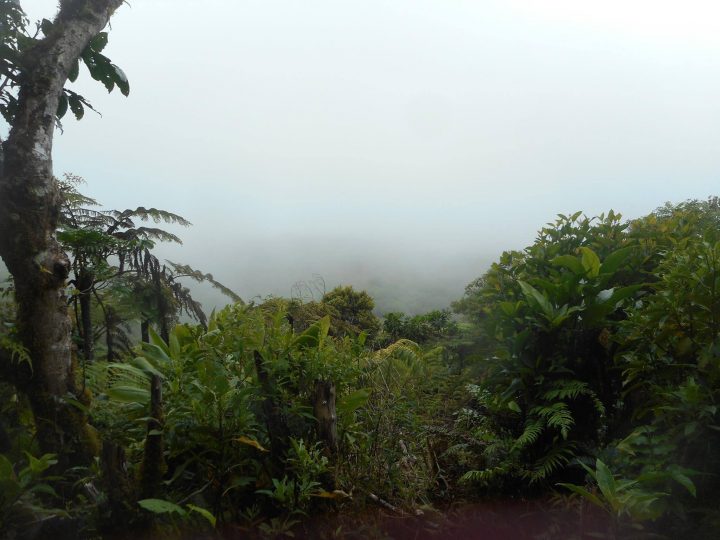
From here the route opened to the crater of Mata o le Afi. A deep hole surrounded by acres of course dark sand and devoid of vegetation. A local company had wanted to quarry the sand and had built an access route to here (via a different route than the track we used). Fortunately, the nearby villages vetoed the plan as they did not wish to awaken the volcano.
Where the first vestiges of vegetation reappeared, there was the remains of a camp site. The two small water tanks with catchments barely more than a length of guttering were nearly full and our water worries were over. We had arrived here much earlier than expected and the weather god were smiling on a sunny, cloud free day. A rarity up here. We decided to continue to the top, following a vague trail meandering around a wetland with several deep ponds. A short climb through a spindly forest brought us to the top after little more than an hour. But there was only a narrow view inland through the trees. After a celebratory photo we headed back to the campsite.
We pitched our tents while the guides prepared a fire and boiled the kettle found at the lower camp. But to our surprise they made a large pot of tea sweetened with condensed milk and sugar to the point where we couldn’t drink it. They then kept the remainder in the pot for their evening use. So much for “the guides will bring the cooking gear.” It wasn’t at all like guiding service we were used to from Nepal. This was just a difference in expectations, they were friendly and helpful, but were expecting us to be completely self-sufficient in food and cooking.
The weather was turning on a charm offensive and when we eventually wandered over to the crater rim we were rewarded with stunning views of the coast and the Falealupo Peninsula.
Tramping meals are normally a trip highlight, but with our limited access to supplies in Samoa and even more limited access to cooking resources at the camp, the meal became just a slow refuelling stop. Fortunately, Margaret had lived here long enough to be unfazed, and the challenge only added to the adventure.
Walking down was uneventful, but as we started down the road in the car the vibrations got steadily worse. After dropping off and thanking our guides we limped on. The car was in danger of rattling to death above 30kms/hr, forcing us to stop in a village and borrowed a hammer. Tino and I took turns to crawl under the car and bash the recalcitrant bearing into nearer the right place.
The day finished at the Beach Fales at Manase where we swam and then relaxed on the beach with a glass of wine and a setting sun. Adventures are always better with a few challenges.



